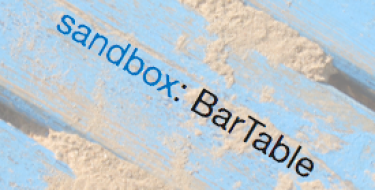Web Writing: Re-Write, Don't Re-Purpose
One of the biggest tips discussed in our Writing for the Web webinar was the importance of re-writing content for the web. Uploading a PDF of your book or copy-pasting a press release is tempting; but web writing has different rules, and breaking them can be bad news for your website.
Re-writing vs. Re-purposing
Because web readers behave differently than print readers, you need to take time to re-write your print content before it goes onto your website. Web content needs to be to the point, conversational, and encourage interaction; print content, especially press releases, is generally the opposite.
So before you post a copy of a print piece to your site, consider five simple changes that make it easier for web readers to enjoy and share.
Tips for re-writing
Say less
Internet readers are distracted and impatient. Give them the information they need up front, and remove filler content. Use half the words you would normally use in print.
Use descriptive headings
No Internet user appreciates a wall of text (even we were guilty of this one a few years ago). It’s impossible to scan and difficult to read even if you wanted to. Break your content up with descriptive headings and sub-headings — tell readers what each section is about.
Minimize/clarify jargon
Depending on your business, acronyms and hard-to-understand terms may be unavoidable; however, you need to take the time to explain them, especially when you use them for the first time. As for the gobbledygook that often makes its way into content, get rid of it. No one understands or cares what “value-added,” “commodity input,” or “eliciting needs” means — and no one will think less of you for writing in plain English.
Add links
If you talk about your services, create a link to them; if you want someone to contact you online, link to your contact form. These items may be listed in your website’s navigation, but why make visitors have to search for it? Interlinking your website’s pages can increase the time visitors spend reading, which makes it more likely they’ll convert (by buying, registering, or contacting you).
Include a call-to-action
What do you want visitors to do after they read your content? If you want them to download a whitepaper, register for an event, or subscribe to your newsletter, tell them so. Include a prominent call-to-action button and tell visitors what to do next.
Need some help?
Great content is just one of the building blocks of marketing. Download Digett's Digital Marketing Guide to Growth to see how content fits into your overall marketing strategy, and how you can use it to generate leads and sales in the new year.
[Image: neilalderney123]
MONTHLY MARKETING INSIGHTS.
Get thought-provoking and actionable insights to improve how your firm makes a connection with your customers.





LEAVE A COMMENT